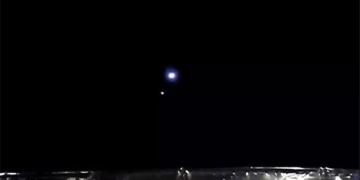The microscopic images of cells within our bodies resemble the vast landscapes of distant galaxies when viewed through a telescope.

The human eye (right) resembles a black hole in the universe.
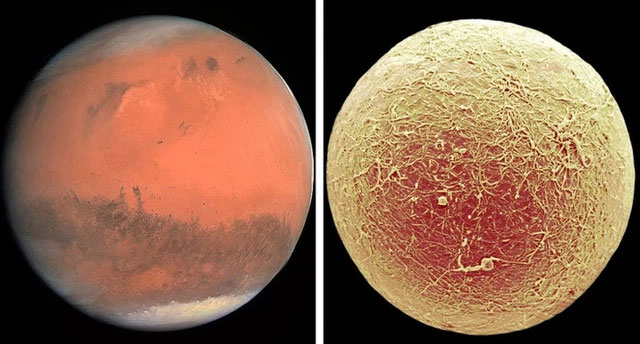
Fat cells (right) look like Mars.
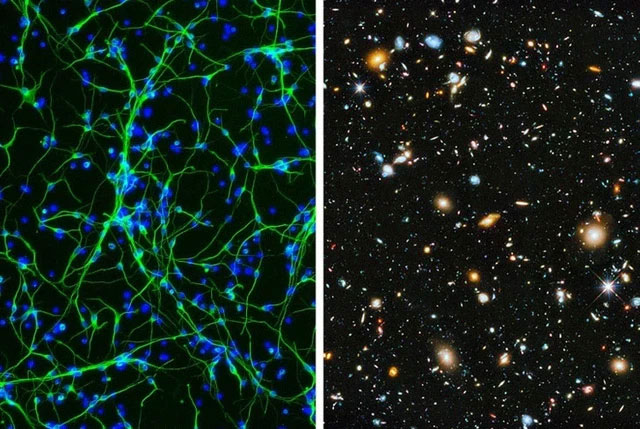
Hippocampal neurons (left) in humans resemble galaxies in the universe.
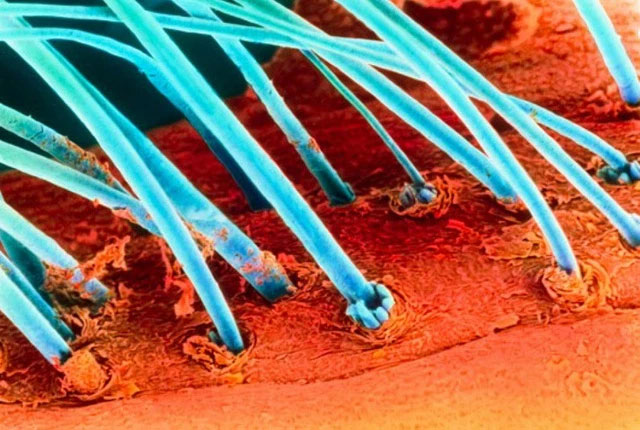
Close-up of eyelashes and surrounding skin.
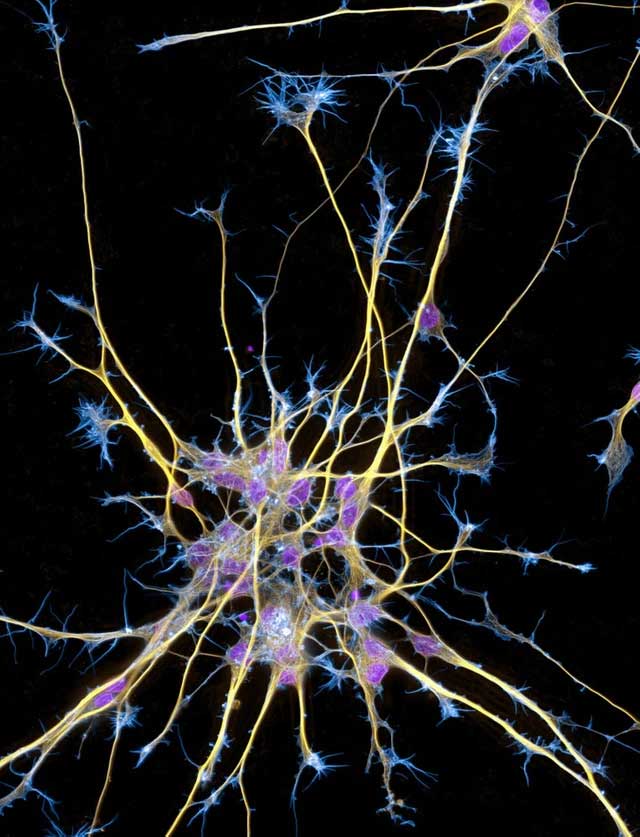
Neurons derived from stem cells.
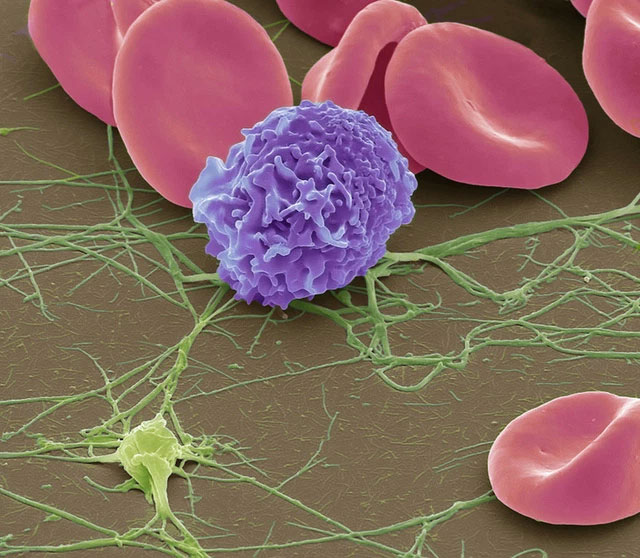
A red blood cell trapped in a capillary.

Cross-section of tooth enamel.
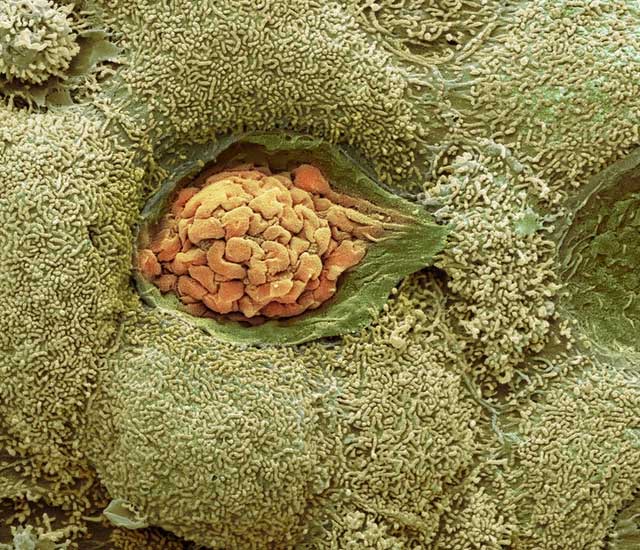
Close-up of earwax secretion activity.
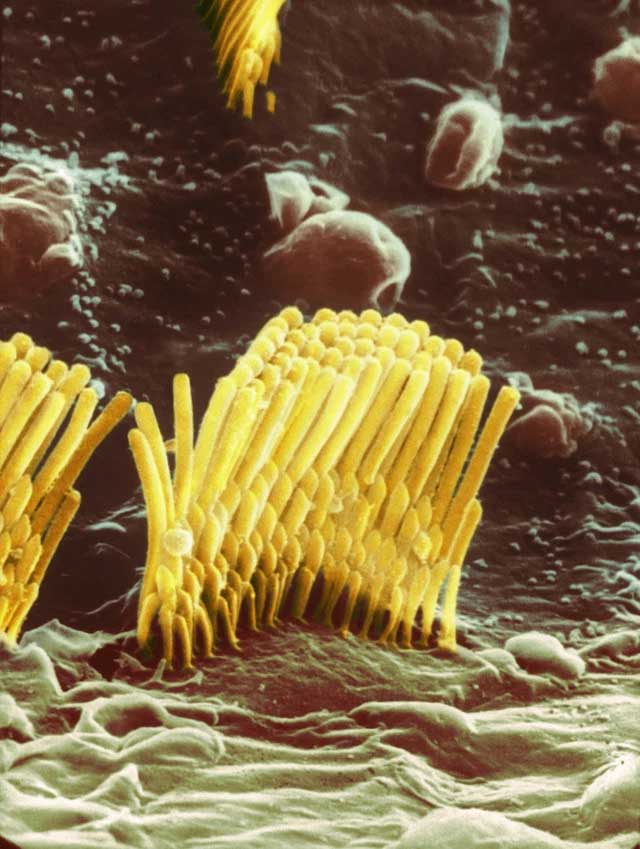
Outer hair cells of the Corti organ inside the human cochlea.
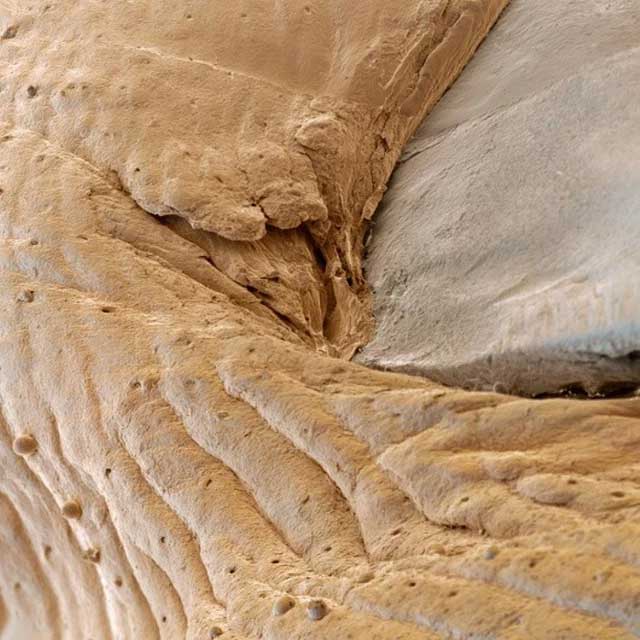
Close-up of the nail bed.
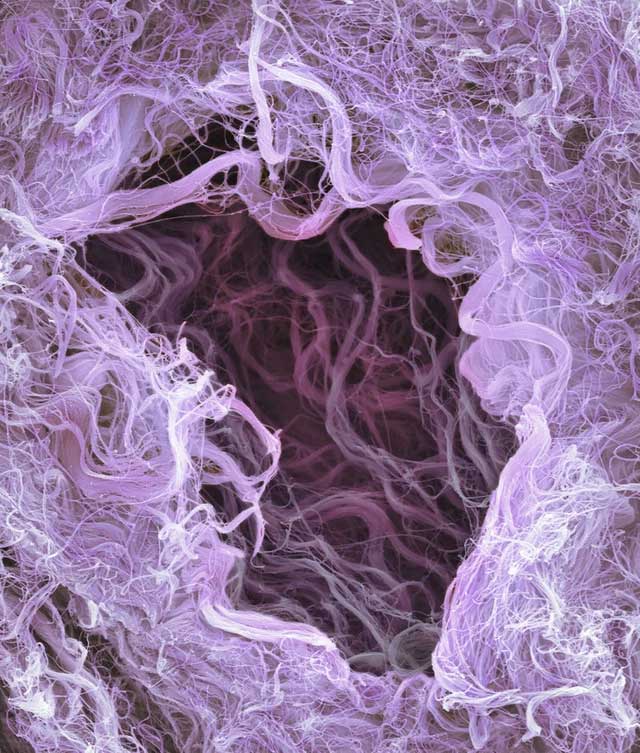
Bundles of collagen in the umbilical cord.

Red blood cells, alongside a white blood cell and a platelet (green), along with fibrin strands.
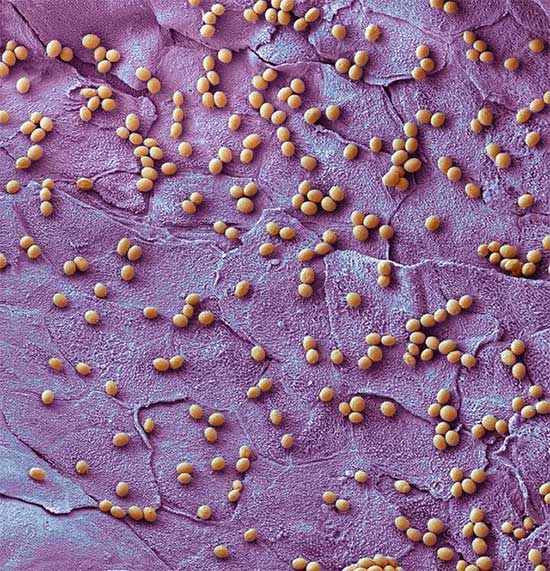
Spores of a fungus causing athlete’s foot.
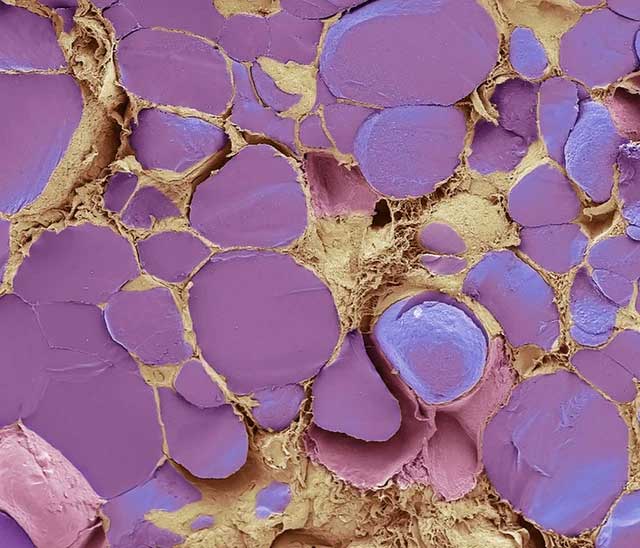
Thyroid gland.

Nephron, the basic unit that makes up the human kidney.
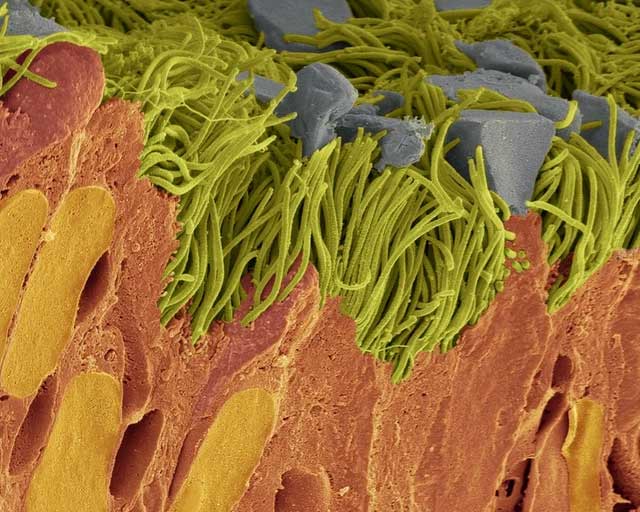
Bronchial lining.
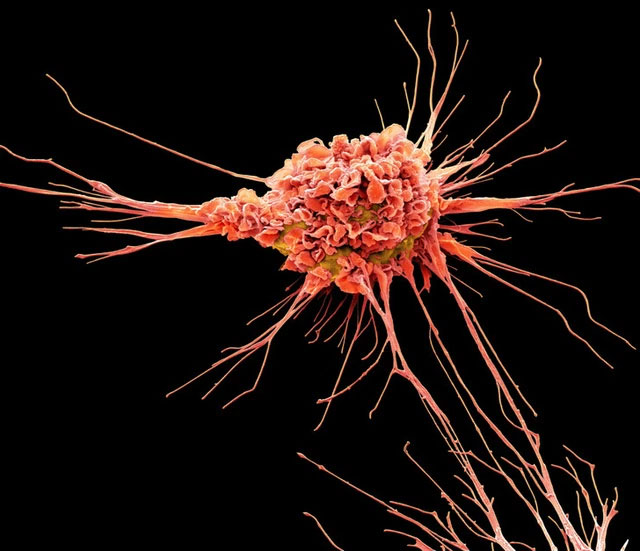
Dendritic cells, a type of cell that protects the human immune system.
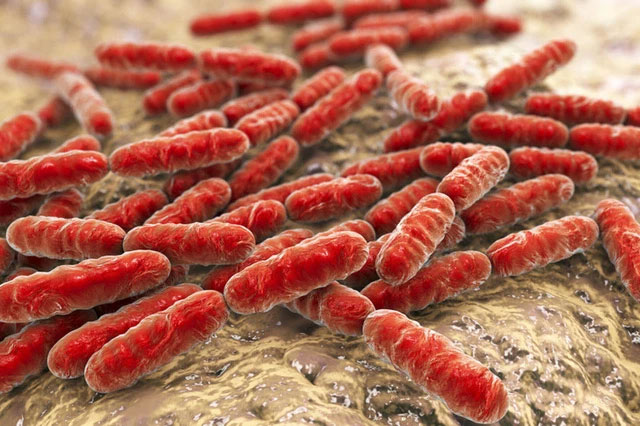
Lactobacillus bacteria, which produce lactase, the enzyme that breaks down lactose (a sugar found in milk). They are beneficial bacteria in the human gut.
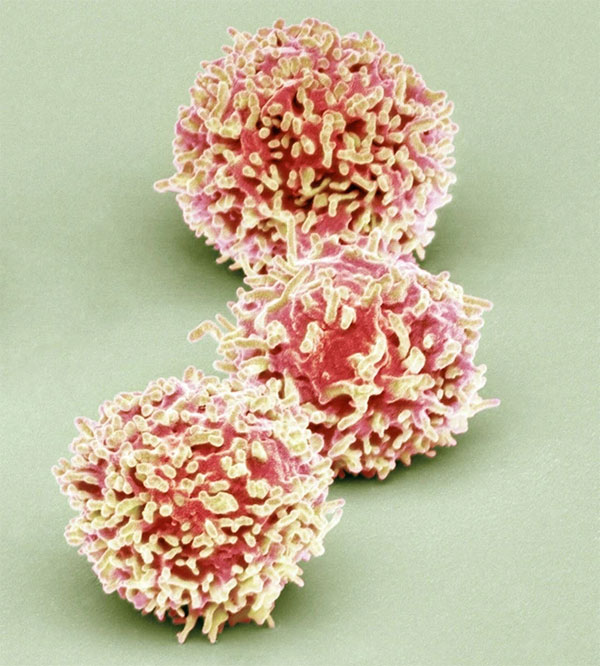
T lymphocytes in a resting state.
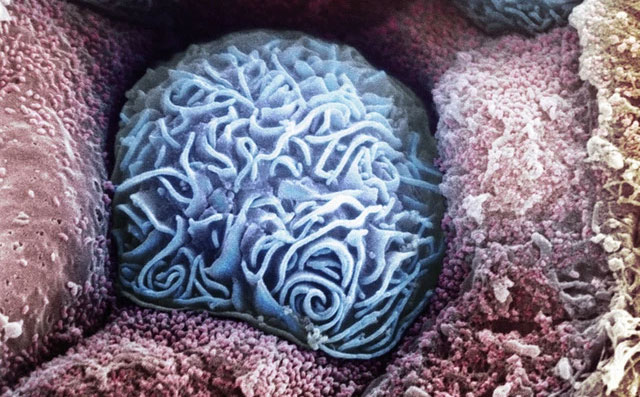
Renal tubular cells.





















































